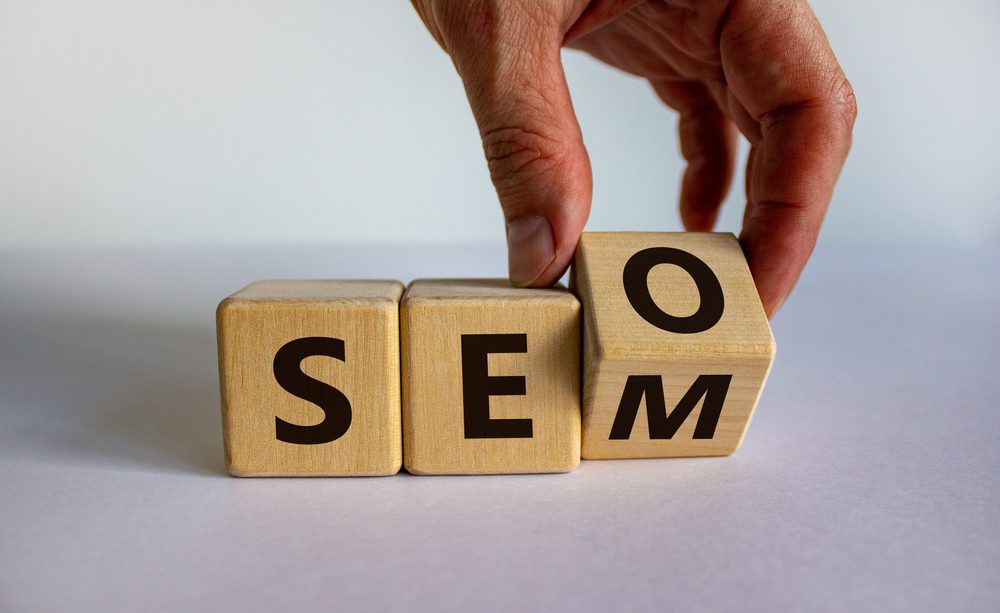SEM & SEO: The What, Why And How To Use These Tactics For Your Marketing Campaign
Most marketers inlude SEM and SEO techniques when promoting a marketing campaign online. However, as a client, audience or new marketer, an understanding of the difference between the two titles is crucial. Often used interchangeably, Search Engine Marketing (SEM) and Search Engine Optimisation (SEO), are traffic generating techniques that are different, yet indispensable to each other.
Here we simplify the two techniques for you by defining and differentiating them, in addition to explaining how to use them for your marketing strategies.
What is Search Engine Marketing (SEM)?
If you’re familiar with Pay-Per-Click advertising (PPC), it is easy to understand SEM. This practice uses paid advertising to give your site a higher ranking and increased visibility in the search engine results.
SEM allows you to connect with your target audience, avoiding the need for organic visibility, which is often difficult in digital marketing. With visibility on the top of the search page, SEM drives traffic and boosts conversions for your website.
What is Search Engine Optimisation (SEO)?
While SEM uses paid tactics, Search Engine Optimisation applies organic elements to boost visibility and rankings in search results. Better visibility drives more traffic, increasing ROI. SEO is steadily changing, owing to Google’s algorithm updates, but the standard techniques still get the job done.
SEO integrates selective keywords organically into the heading, title, meta descriptions and alt text. Additionally, each blog post and copy is developed to be high quality, with relevant keywords. SEO also makes use of formatted page URLs and optimises page load speed.
SEO vs SEM
SEO and SEM are two different techniques. SEM is purely paid and SEO is organic. However, while different, when used together, they deliver the best results for your website.
Using SEM as is, is as good as it being a PPC ad, because it gets you on top of the SERP. It gives you the visibility and ranking you want. However, SEM used with SEO gives your website a better ranking, visibility and ensures higher traffic.
SEO allows you to identify and understand your target audience and refresh your strategies accordingly.
Tips to create an effective SEM Strategy:
- Target your ads correctly
- Stay on brand
- Track the results of your ads
- Match your Ad with the website landing page
- Be specific with your paid keywords
- Choose a relevant platform
- Be consistent
Tips to create an effective SEO Strategy:
- Target the right keywords
- Optimize your metadata
- Incorporate backlinks
- Understand SEO Metrics
- Write for your audience
- Use readable URL structures
- Publish often with SEO
If you’re concerned that SEM and paid advertising are the same, the use of SEO with SEM will change your mind. While PPC’s can be more effective than SEM campaign’s sometimes, using SEO and SEM together guarantees better ROI in the long run.
With its organic approach, SEO boosts SEM tactics, offering a more comprehensive result for your website in terms of ranking, visibility and traffic. As a client and as a marketer, it is crucial to evaluate the needs of the product in question, when choosing the strategy.
Image source: Shutterstock (1819676531)


